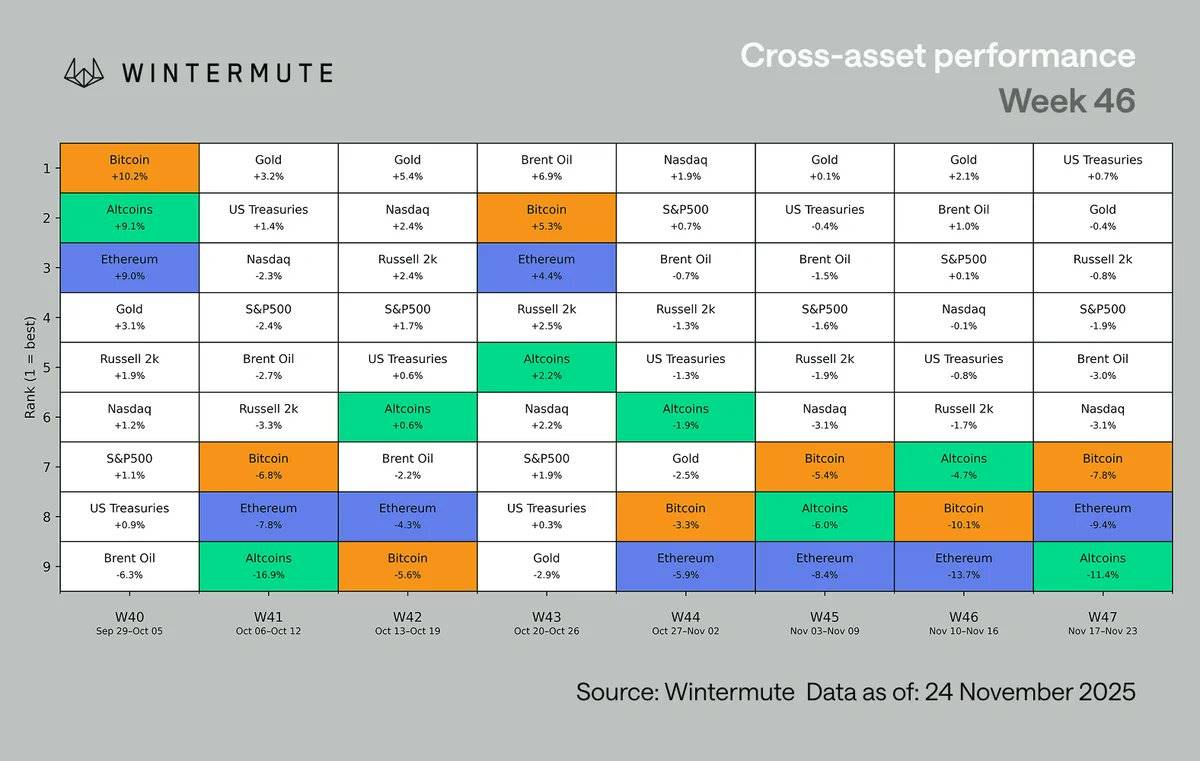Hyperliquid pushes back on FUD over revenue vs. trader focus
Hyperliquid founder Jeff Yan has addressed criticism, suggesting the platform prioritizes protocol revenue over trader interests.
- Jeff Yan says ADL saved traders millions during October 10 market crash.
- Hyperliquid passed profits to users instead of maximizing protocol revenue.
- Founder contrasts DeFi onchain transparency with CEX liquidation secrecy.
He also defended the exchange’s auto-deleveraging mechanism during the October 10 market crash.
Yan stated that ADL actions made users “hundreds of millions of dollars” by closing profitable short positions at favorable prices, while the platform’s liquidity pool passed on potential profits to users rather than maximizing its own returns.
The defense comes amid scrutiny of how decentralized perpetual exchanges handle liquidations during volatile market conditions.
Yan emphasized that if more positions had been backstop liquidated, HLP could have made hundreds of millions more in profit, but would have faced irresponsible risk exposure.
He also called the ADL approach a “win-win” that decreased platform exposure.
ADL formula prioritizes simplicity and user understanding
Yan explained that Hyperliquid’s ADL queue follows a similar formula to most centralized exchanges and incorporates both leverage used and unrealized profit on open positions.
Community feedback suggested more sophisticated ADL mechanisms, such as partially offsetting long and short positions in historically correlated assets.
Yan noted that increased complexity could improve performance but questioned whether the benefits merit the added complications.
The founder stated that research is ongoing into whether substantial improvements justify more complex formulas. However, he emphasized that no other major venues use more advanced logic for ADL queues.
Onchain transparency distinguishes DeFi from CEX practices
On October 13, Yan addressed the overall concerns about liquidation reporting by contrasting Hyperliquid’s fully on-chain operations with centralized exchange practices.
Yan called out centralized exchanges for underreporting user liquidations and cited Binance documentation showing that even when thousands of liquidation orders occur in the same second, only one gets reported.
This could be a 100x underreporting under certain conditions when liquidations happen in bursts.
Yan expressed hope that the industry will recognize transparency and neutrality as important features of the new financial system. He also encouraged other platforms to follow Hyperliquid’s approach to verifiable on-chain operations.
Disclaimer: The content of this article solely reflects the author's opinion and does not represent the platform in any capacity. This article is not intended to serve as a reference for making investment decisions.
You may also like
Who would be the most crypto-friendly Federal Reserve Chair? Analysis of the candidate list and key timeline
Global markets are closely watching the change of Federal Reserve Chair: Hassett leading the race could trigger a crypto Christmas rally, while the appointment of hawkish Waller may become the biggest bearish factor.

Wintermute Market Analysis: Cryptocurrency Falls Below $3 Trillion, Market Liquidity and Leverage Tend to Consolidate
This week, risk appetite deteriorated sharply, and the AI-driven stock market momentum finally stalled.

Former a16z Partner Releases Major Tech Report: How AI Is Eating the World
Former a16z partner Benedict Evans pointed out that generative AI is triggering another ten-to-fifteen-year platform migration in the tech industry, but its final form remains highly uncertain.

